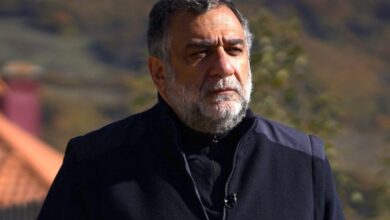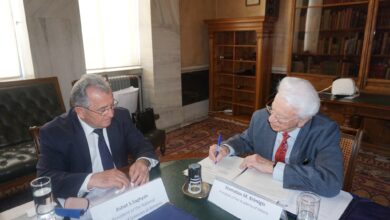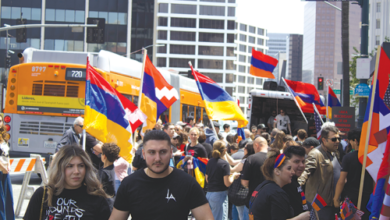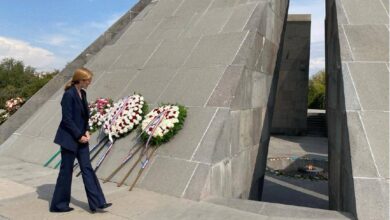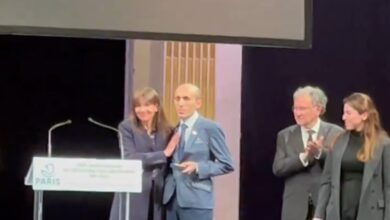Powerful photos dig into Turkey’s taboo history of the Armenian Genocide

Kathryn Cook’s Memory of Trees tells a complicated and moving story of the Armenian genocide through a visceral and broadly visual survey of the people and places that were, and still are, affected by the tragic events of a century ago, reads an article published by the Wired Magazine.
“I hope that it presents a unique way of looking at the issue,” she says. “I think photography perhaps is one of the only ways to keep exploring the story because it leaves room for interpretation and can capture some of the pieces that people haven’t already heard.”
The article notes that “historians peg the start of the genocide as April 24, 1915, when the government arrested more than 200 Armenian community leaders in Constantinople. Some 1.5 million Armenians were killed as the Ottoman Empire crumbled and what is now Turkey took shape.”
Cook was drawn to the story shortly after moving to Turkey in 2006 and seeing how the issue of Armenian identity and history bubbled under surface. She decided to explore the issue through photography after Hrant Dink, a Turkish journalist of Armenian descent, was assassinated because of his outspoken views on Armenian identity. His death helped prompt a growing social movement to address the Armenian plight in Turkey.
“I photographed the funeral, and from there things just took off,” she says.
Cook started photographing sites throughout Turkey linked to the Armenian community–churches, monasteries, and other Armenian buildings that were destroyed or left to crumble from neglect. For her, these structures represented disappearance and erasure. To this day, the Turkish government disputes the notion that Armenians were systematically targeted, but these destroyed buildings seemed to say otherwise.
What broke the story open for Cook was her visiting the small village of Ağaçlı in southeastern Turkey. She happened upon the village after reading about the mayor’s decision to resurrect the Armenian tradition of weaving headscarves from the cocoons of silk worms. The scarves and silk cultivation had become an important source of income for the community, and Cook was fascinated that the tradition had been revived–and in a Kurdish community. “It was exactly the kind of work I wanted to dive into because it was on the human level,” she says. “It was this subtle way of remembering and celebrating the legacy of a people and a very charged topic.”
Over time, Cook took half a dozen trips to Ağaçlı and got to know the community well. The name of her book comes from the name of the town, which means “place of trees.” As she spent more time in the town, her connections grew and she met more and more people willing to be photographed. The project still unfolded slowly, but she’d finally found a way into the Armenian communities. “I just had to be patient,” she says.
Cook also traveled the well-known routes along which Armenians were forcibly evacuated during the genocide. She visited locations in the Syrian desert, for example, where men, women and children were prodded along death marches toward concentration camps. She also went out into the Black Sea and made pictures where boats full of Armenians were purposely sunk. Without knowing the historical context or the significance of the location, many of Cook’s photos can be hard to read. But as viewers come to know the story, her seemingly abstract approach makes sense. Many of the photos seem overly vacant, for example, but that’s intentional, because so much of the story is about absence.
“In this context, the emptiness means something,” she says. “It’s sort of like everything that’s not said, speaks.”
Cook spent seven years on Memory of Trees and says she could have kept going for many more. But she felt the work needed to be seen. The timing of the book also coincides with what continues to be a growing movement in Turkey of people demanding justice for ethnic Armenians and others who face discrimination.
“I think a new national narrative is slowly starting to get written,” she says. “And hopefully the work plays a part in exploring this change.”



